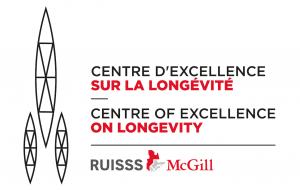Comparing PRISMA-7 and ER² in the prediction of short-term age-related adverse outcomes in older adults, after an ER visit
Background
Several clinical tools have been proposed to screen older patients who are at risk of adverse outcomes after an Emergency Room (ER) visit. Most of these, however, screen for frailty or chance of frailty-related adverse events after ER discharge. No existing prognostic tools for adverse health events, outside of ER², currently predict short-term adverse events, such as long LOS, regardless the place of assessment (i.e., ER or upon admission to acute care ward). ER² has been validated in France and provides a three-level risk stratification (i.e., low, moderate and high), which predicts short-term hospital adverse outcomes (i.e., long ER and hospital stays, hospital mortality). In Quebec, the “Programme de Recherche sur l’Intégration des Services pour le Maintien de l’Autonomie” (PRISMA-7) is the reference tool which is promoted by the Ministry of Health and Social Services for use in ERs and acute care wards. Comparing the relationship between PRISMA-7 risk levels and ER² risk levels for long LOS in ER could be helpful with regard to the choice of prognostic tools.
Objective
- To examine the relationship between the risk stratification levels of PRISMA-7 and ER² for LOS and hospital admissions after an ER visit in older patients
Results
ER² has a superior LOS and hospital admission LOS predictive value when compared to PRISMA-7.
Partners
Faculty of Medicine, McGill University
Emergency Department, Jewish General Hospital



